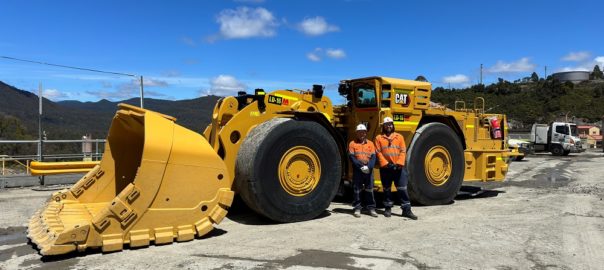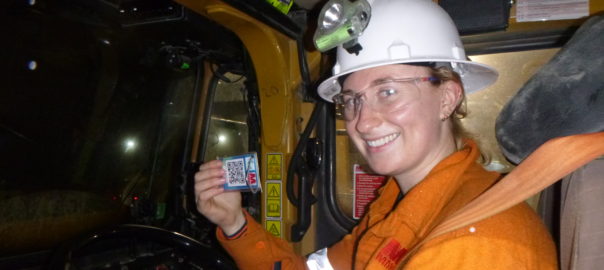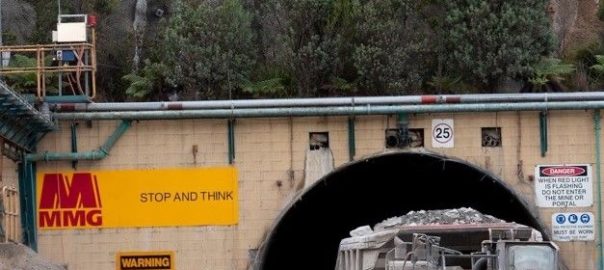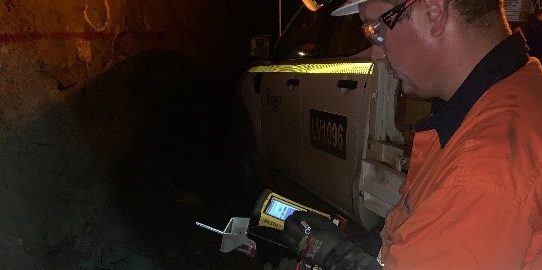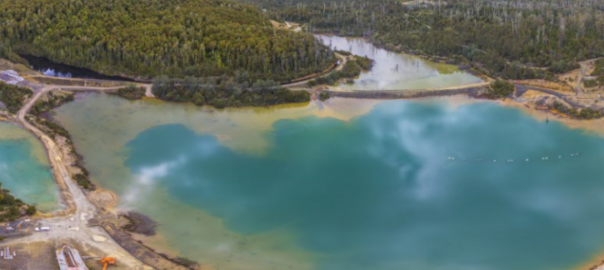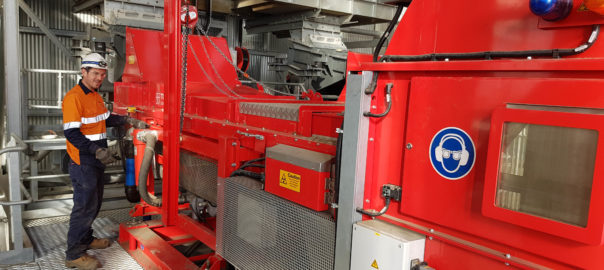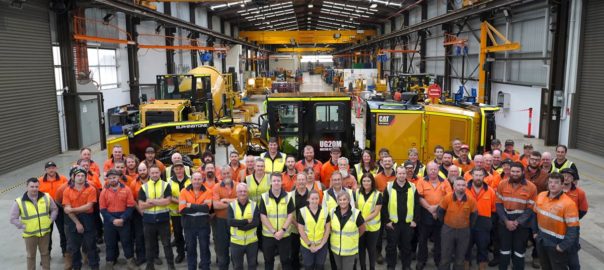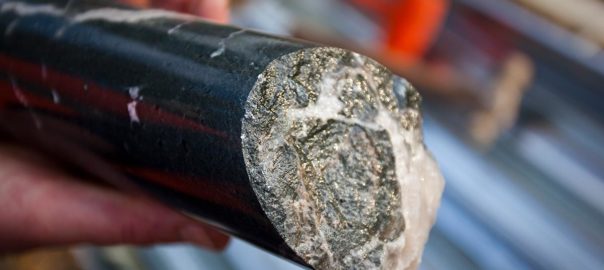A completed definitive feasibility study looking at the potential for underground mining below the North Pit and its integration with Grange Resources’ current open-pit mine at Savage River, in Tasmania, Australia, has showcased not only “robust financial outcomes”, but the potential for reducing carbon emissions by 80% at the mine, with the application of electric mining equipment and material handling systems underground.
This DFS development is in line with company’s environment, social and governance (ESG) initiatives to develop Green Pellet Production from the mine.
The study, according to Grange, presents a technically achievable and financially favourable underground mine at Savage River, with integration with the current open-pit mining operation to deliver “excellent” projected financial returns and sustains a mine life of 15 years. In line with this, the Savage River ore reserve is increasing by 12.5 Mt to 109 Mt with integration of the underground operation.
The new life-of-mine-plan will deliver a substantial reduction of 30% in operating costs with underground mining costs at an average of A$13/t ($8.4/t). It also delivers an internal rate of return of 34% based on an average product price of approximately A$177/t. The ore delivery of 64 Mt of ore produces 28 Mt of concentrate with an iron grade of over 66% over 15 years, Grange said.
A sub-level caving (SLC) transition mine to recover ore left in the walls of the North Pit provides early access to ore and contingency production during the establishment and ramp-up of the block cave mine. Over 2 km of exploration decline has been completed, which reduces the risk for many technical and cost elements of the project, with a further commitment for additional decline development and geotechnical investigation drives in 2024, the company said.
The prefeasibility study for this project considered several haulage options with associated underground configurations and underground and surface infrastructure. The underground crushing and inclined conveying option was chosen as the go forward case for DFS for the following reasons:
- Significant reduction in emissions and ability to meet the long-term requirements of the updated Safeguard legislation;
- Lower operating costs by the removal of production trucks and significant reduction in diesel;
- Better future proofing with higher ore production levels possible allowing the option of higher concentrate production;
- Improvement to the underground operating environment with improved air quality;
- Increased options for future automation.
In addition, the single gyratory crusher that was presented in the prefeasibilty study has been replaced with two eccentric roll crushers, which provides redundancy in the material handling system. Crushed ore is transferred to the inclined conveyor system via apron feeder and conveyors.
Another PFS change saw the extraction level layout changed from ‘El Teniente’ diagonal to an offset herringbone to enable the use of tethered electric loaders and to mitigate effects of potential inrush events.
A board decision for Grange to move forward with execution planning and permitting will occur over 2024 with final construction decision in the second half of 2024, the company said.








